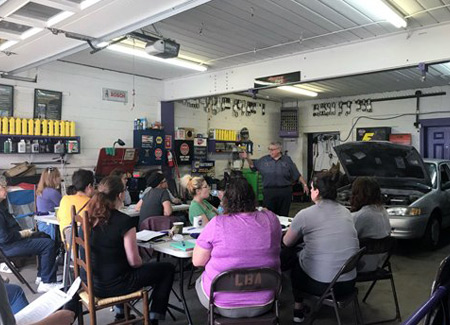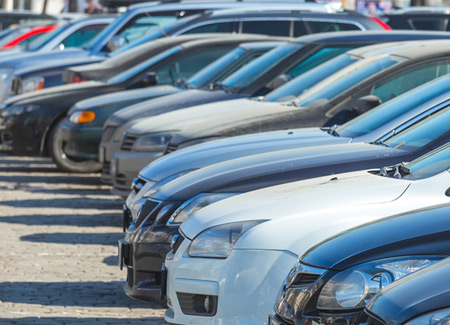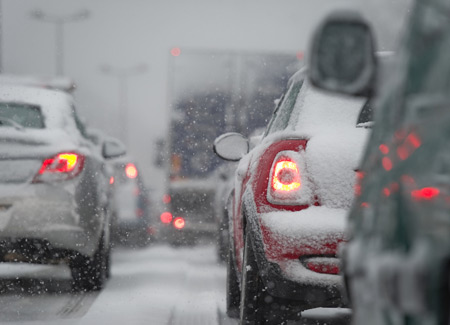Winter Driving Tips

Turn Off Windshield Wipers
Remember to turn off your windshield wipers when parking your car. In freezing weather it is likely that the blades will freeze to the windshield. If you start the car with the wipers still on and the blades frozen to the windshield, the wiper motor or linkage can be damaged.

Turn Your Headlights On
On particularly frigid mornings (below +15 o F) before attempting to start your car, turn your headlights on for 15 – 20 seconds, then turn them back off and start the engine. The electrical drain of your lights will produce a chemical reaction in your battery that raises the internal temperature of the battery making starting easier.

Don't Get Stranded
According to the U.S. Department of Transportation, the leading cause of stranded motorists (other than running out of gas and flat tires) is the failure of belts and hoses. In nearly 90 % of these cases the problems could have been spotted on an inspection making the breakdown preventable.

Regularly Change Your Antifreeze
Antifreeze never loses its anti-freeze protection, but it does loose anti-corrosion, anti-rust and lubrication properties. Failure to change regularly can reduce the life of other cooling system components like water pump, radiator or heater core.

Check Your Tire Pressure
Tire Pressure needs to be adjusted in cold weather. As temperature drops so will the air pressure in your tires. It is normal to have to add air to tires with the onset of cold weather.

Fuel-Injected Cars
Gas line anti-freeze products (methanol) are not recommended in fuel-injected cars, unless you are experiencing a serious icing problem. The methanol can dry out seals in the fuel system and lead to problems. Less harsh, fuel system cleaners will control the amount of moisture contamination without damage.

Check Your Battery
Corroded battery cables severely limit the transfer of electricity from the battery to the starter, particularly in cold weather. If you have excess corrosion, there is a reason. Have your charging and starting system tested to determine the cause.

Ice & Snow – Take It Slow
Remember to drive well below the posted speed limit and leave plenty of room between vehicles. Watch for Black Ice – Roads that seem dry may actually be slippery and dangerous. Take it slow when approaching intersections, off-ramps , bridges or shady areas. All are hot spots for black ice.

Don’t Crowd the Plow
Snowplows travel well below the posted speed limit. Be patient. Watch for sudden stops/turns and do not try to pass the plow. Plow drivers have blind spots. If you can’t see the plow’s side mirrors, the driver can’t see you. Stay two or three car lengths behind the plow.





